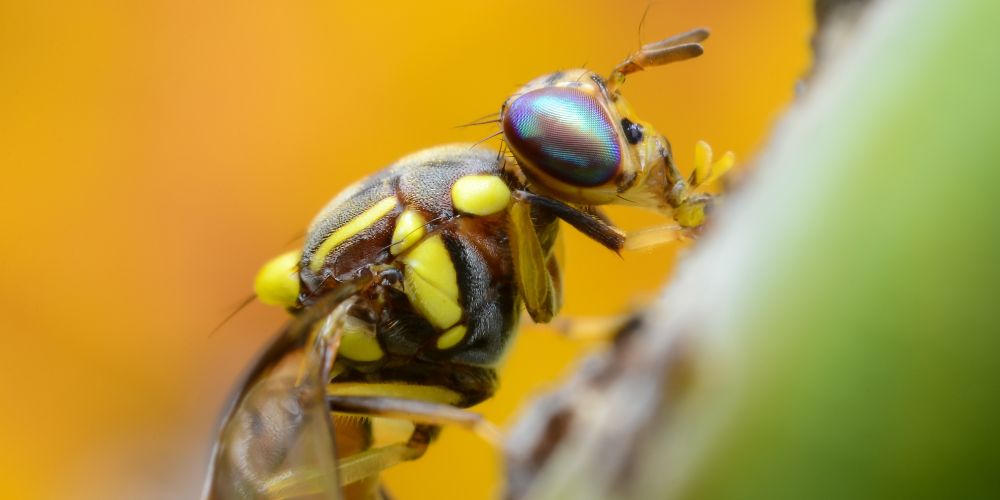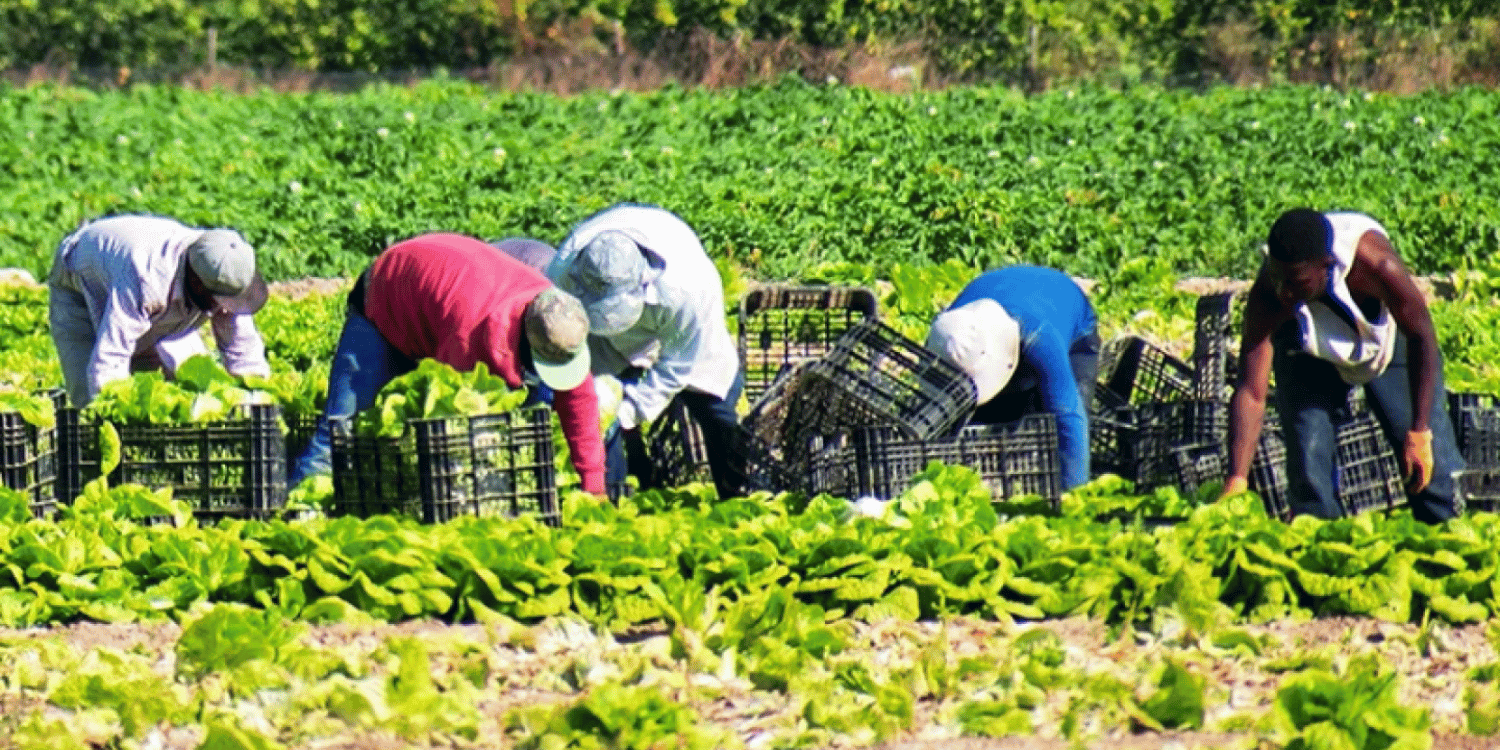After a historic infestation that threatened over 400 crop species, state and federal agencies successfully eliminate invasive fruit flies, safeguarding California’s agricultural economy.
In a significant victory for California’s agricultural industry, all populations of invasive fruit flies have been successfully eradicated, according to a joint statement from the U.S. Department of Agriculture (USDA), the California Department of Food and Agriculture (CDFA), and county agricultural commissioners. This achievement comes after an unprecedented outbreak of five species of invasive fruit flies, which posed a serious threat to the state’s agricultural economy.
The infestation involved five introduced species: Oriental (Bactrocera dorsalis), Tau (Zeugodacus tau), Queensland (Bactrocera tryoni), Mexican (Anastrepha ludens), and Mediterranean (Ceratitis capitata) fruit flies. These pests are known to wreak havoc on crops, and the outbreak, described by the USDA as the worst in the CDFA’s 100-year history, led to the first-ever quarantines for Tau and Queensland fruit flies in both the U.S. and the Western Hemisphere.
In response to the crisis, Agriculture Secretary Thomas Vilsack allocated $103.5 million from the Commodity Credit Corporation to fund emergency measures aimed at containing and eradicating the invasive species. The funds were directed to the USDA Animal and Plant Health Inspection Service (APHIS), enabling swift and comprehensive action against the outbreak.
According to the USDA, a multi-faceted approach was taken, including the trapping and removal of fruit, surveying activities, and the release of sterile Mediterranean and Mexican fruit flies to halt the reproduction of the invasive species. In addition, the USDA employed spinosad, an organic insecticide, in areas deemed at-risk, while also developing new regulatory treatments that allowed for the safe shipment of citrus fruit from quarantined zones.
Invasive fruit flies pose a serious global threat to more than 400 species of fruits and vegetables, many of which are vital to California’s economy. Jenny Moffitt, USDA undersecretary for marketing and regulatory programs, emphasized the significance of the eradication, stating, “Invasive fruit flies are among the most destructive and costly pests globally, threatening many of California’s most valuable crops such as oranges, grapes, mangoes, blueberries, and tomatoes. The eradication of these pests marks a major victory for California’s agricultural economy.”
California’s agricultural sector, valued at billions of dollars annually, relies heavily on the production of various fruits and vegetables, many of which were directly endangered by the outbreak. The rapid and coordinated response from state and federal agencies not only safeguarded the state’s current crops but also helped to protect future harvests from similar threats.
The success of the eradication effort was also bolstered by the support of California’s residents, who played an essential role in mitigating the spread of the fruit flies. Karen Ross, Secretary of the CDFA, acknowledged this contribution in a statement, saying, “We are proud of what we have accomplished with the help of California residents. Your support was vital to eradicating these pests and remains essential in protecting our food supply and natural resources from future invasive threats.”
As of now, quarantines have been lifted in several affected counties, including Contra Costa, Los Angeles, Orange, Sacramento, San Bernardino, Santa Clara, San Diego, Riverside, and Ventura. These counties had faced restrictions on the movement of fruits and vegetables during the height of the infestation.
The eradication of these invasive species marks a milestone in California’s long-standing battle against agricultural pests. With more than 400 crop species at risk, the coordinated efforts of the USDA, CDFA, and local authorities not only preserved the state’s economy but also highlighted the importance of rapid, well-funded responses to such ecological threats. The success of this operation also serves as a reminder of the importance of continued vigilance in the face of future invasive species outbreaks.




















